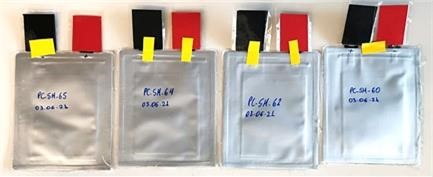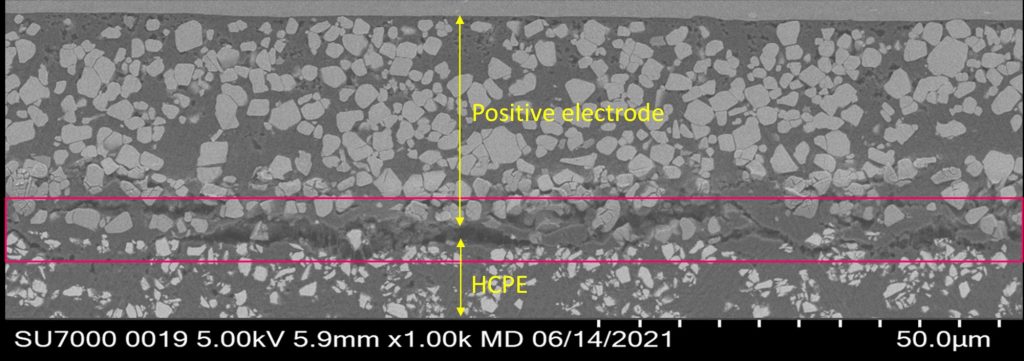November 2021
SAFELiMOVE solid-state cell concept, aims to go beyond the performance limits of conventional LIB by an innovative combination of materials. Therefore, new interfaces and processes will arise, which will need to be analysed in detail in order to get the knowledge needed to progress towards practical applications. With a solid electrolyte, achieving an intimate contact with the electrodes is challenging, particularly in the case of oxide ceramic electrolytes, which are rigid materials. In addition, volume changes occurring at the electrodes during charge/discharge processes also affect the mechanical integrity of the interface, negatively impacting the cell performance. The presence of a soft polymer electrolyte at the solid-solid interface could minimize these issues, even though the fundamental understanding of their interfacial behaviour is still at an early research stage. The lack of knowledge on interfacial phenomena in solid-state battery systems and the complexity to visualize such phenomena using in-situ methods, limits the progress of this novel and promising solid-state battery technology.

Figure 1. First generation SAFELiMOVE monolayer pouch cells.
The aim of the ‘Inteface Analysis’ is the assessment and understanding of the interfaces that will be contained in the different generations of SAFELiMOVE cells. The information obtained from this work package will provide feedback to the advanced materials developers. At this stage of the project (month 23 – Nov 2021), the evaluation of interfacial properties of level 1 materials and small cells delivered in months 6 and 12, respectively, has provided the required hints to guide the development towards level 2 materials with improved properties to reach a fully homogenous and compatible system.
